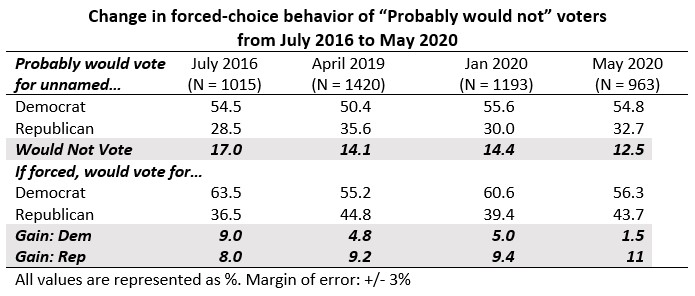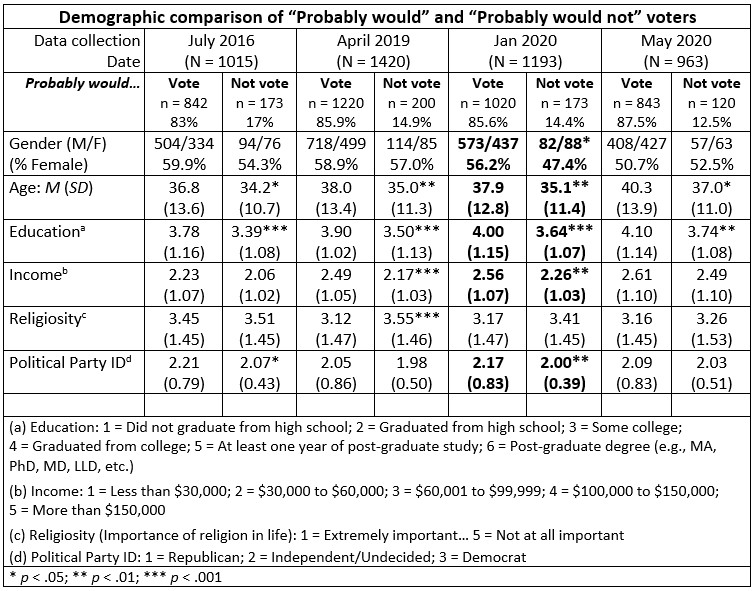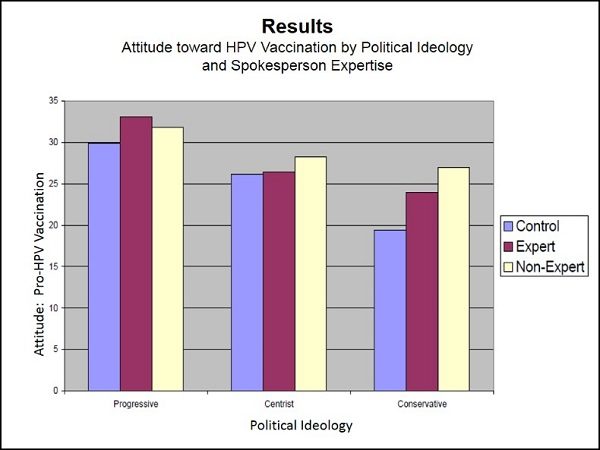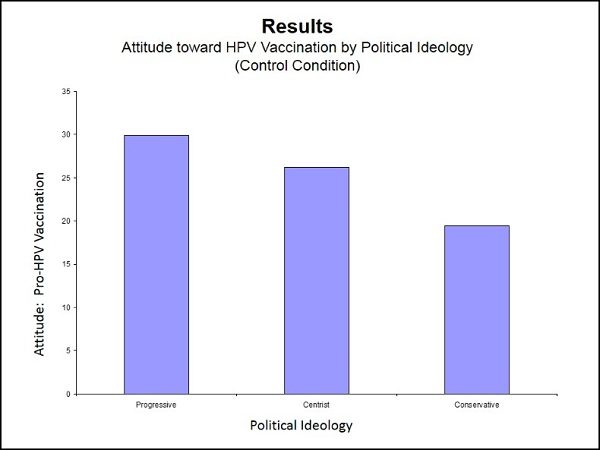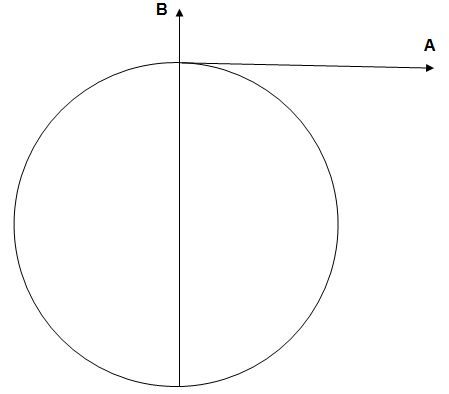In four separate surveys conducted over the last four years, thousands of U.S. residents 18-years of age and older were asked to indicate whether they would vote for an unnamed Democrat or an unnamed Republican in an upcoming election some years in the future. Based on the trends suggested by these surveys, it appears more marginal voters are likely voting in the 2020 election, and most of them are likely to vote for Democrats.
The percentage of respondents who said they “would probably not vote” has gone from 17.0% in mid-2016 to just 12.5% in mid-2020. The party orientation of those who would probably not vote (determined by their indication of their vote-choice if forced to vote) suggests far fewer Democrat-leaning voters plan to sit out this election than Republican-leaning voters.
Adding the forced choices of “would-not-vote” respondents to the total vote counts adds just 1.5% to the total for the unnamed Democrat (from 54.8% to 56.3%) but adds 11% to the total for the unnamed Republican (from 32.7% to 43.7%).
Average voting percentages in Presidential elections in the U.S. have hovered in the 60% to 65% range for several decades. These results suggest an extremely high turnout for Democrats (i.e., 98.5%), with few opting not to vote. They also suggest a high turnout for Republicans (i.e., 89%), but with seven times as many Republicans remaining on the sidelines as Democrats.
[NOTE: Samples drawn from Amazon Mechanical Turk virtual workforce, which skews younger, more highly educated, lower in income than the average of the U.S. population.]
